Marcel Breuer's Bauhaus furniture inspires Neubau sunglasses

There are strikingly few examples of the Bauhaus wearing glasses. Of the 12 on the cover of the school’s magazine from 1928 only two are bespectacled; the artist Wassily Kandinsky turns to his right, hair perfectly combed, wearing frameless oval glasses with slim arms. Typographer Joost Schmidt smiles to camera, two black rimmed circles around his kind eyes. Yet as the Bauhaus celebrates its centenary, Neubau – the eyewear brand from Silhouette – takes a fresh look at the school’s founding principles for a special edition frame.
Roland Keplinger, Neubau’s head of design says, ‘When you think about Bauhaus, you immediately think about the furniture’. Its impact on design, mass production and even technology is seismic. Toilets, trays and trousers have all laid claim to the group’s maxim: ‘form follows function.’ Since launching in 2016 as an environmentally responsible, made-in-Austria company, Neubau has combined quality with eco-positive design. Packaging is manufactured from a cellulose base without any need for glue and the cleaning cloth is made from recycled plastic bottles. Frames are made with oil extracted from the seeds of castor oil plants. They are radical in their weightlessness.

Marcel Breuer's Wassily Chair by Knoll
The archetypal Wassily Chair – designed by Marcel Breuer between 1925-1926 – informed the bended tube structure of the special edition frame. Keplinger says: ‘We used new technologies like 3D-printing and bending the titanium wire to be able to manufacture it on a big scale, exactly as the Bauhaus sought to do.’ The entire design took four months. ‘We also developed our own surface treatment for the 3D-printed parts so it has a nice matte surface and its colour stays,’ Keplinger says. The frame sits as a sculpture on the face or on a shelf.
RELATED STORY

The Bauhaus strived to formulate a way of working where craft came together with concept, and skill with social influence. Its teachers reunified practical disciplines like weaving, painting and handicrafts. ‘Art rises above all methods; in itself it cannot be taught, but the crafts certainly can be,’ Walter Gropius wrote in the Bauhaus Manifesto in April 1919. Neubau’s philosophy to mix art with new technologies and mass production isn’t dissimilar. ‘The Bauhaus didn’t completely fulfill its aims because the things they created were very expensive but some of the staff and students really had an aim to make design for the masses, a strong social conscience,’ Keplinger says.
The Walter & Wassily frame with its clear, unadorned lines, executed using limited materials as sustainably as possible, expresses Gropius’s ethos: ‘priority of creativity; freedom of individuality, but strict study discipline.’ It brings together function, form and fashion.

INFORMATION
For more information, visit the Neubau website
Receive our daily digest of inspiration, escapism and design stories from around the world direct to your inbox.
London based writer Dal Chodha is editor-in-chief of Archivist Addendum — a publishing project that explores the gap between fashion editorial and academe. He writes for various international titles and journals on fashion, art and culture and is a contributing editor at Wallpaper*. Chodha has been working in academic institutions for more than a decade and is Stage 1 Leader of the BA Fashion Communication and Promotion course at Central Saint Martins. In 2020 he published his first book SHOW NOTES, an original hybrid of journalism, poetry and provocation.
-
 At last: a London hotel that’s great for groups and extended stays
At last: a London hotel that’s great for groups and extended staysThe July London Victoria, a new aparthotel concept just steps away from one of the city's busiest rail stations, is perfect for weekends and long-term visits alike
-
 Three new smartwatches showcase new frontiers in affordable timepiece design
Three new smartwatches showcase new frontiers in affordable timepiece designLong may you run: smartwatches from Withit, Kospet and OnePlus favour function and value above all else, demonstrating just how much the smartwatch has evolved in recent years
-
 Debuts, dandies, Demi Moore: 25 fashion moments that defined 2025 in style
Debuts, dandies, Demi Moore: 25 fashion moments that defined 2025 in style2025 was a watershed year in fashion. As selected by the Wallpaper* style team, here are the 25 moments that defined the zeitgeist
-
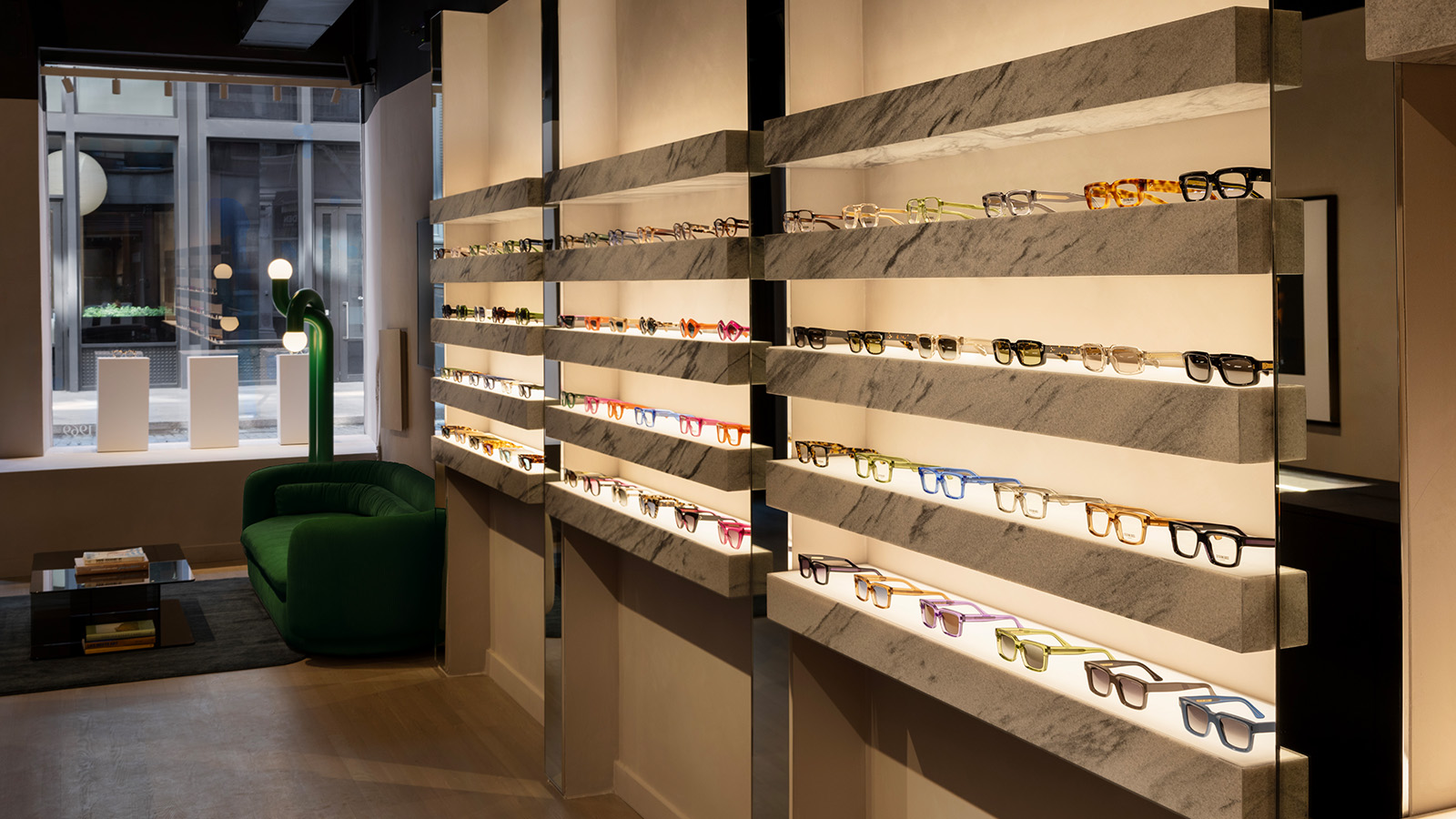 Inside Cutler and Gross’ ‘warm and inviting’ New York address
Inside Cutler and Gross’ ‘warm and inviting’ New York addressAs Cutler and Gross upsize to a new store on New York’s Mercer Street, we speak to designers Chris Leong and Dominic Leong of New York-based architecture firm Leong Leong about the space, which was inspired by ’archival libraries and reading rooms’
-
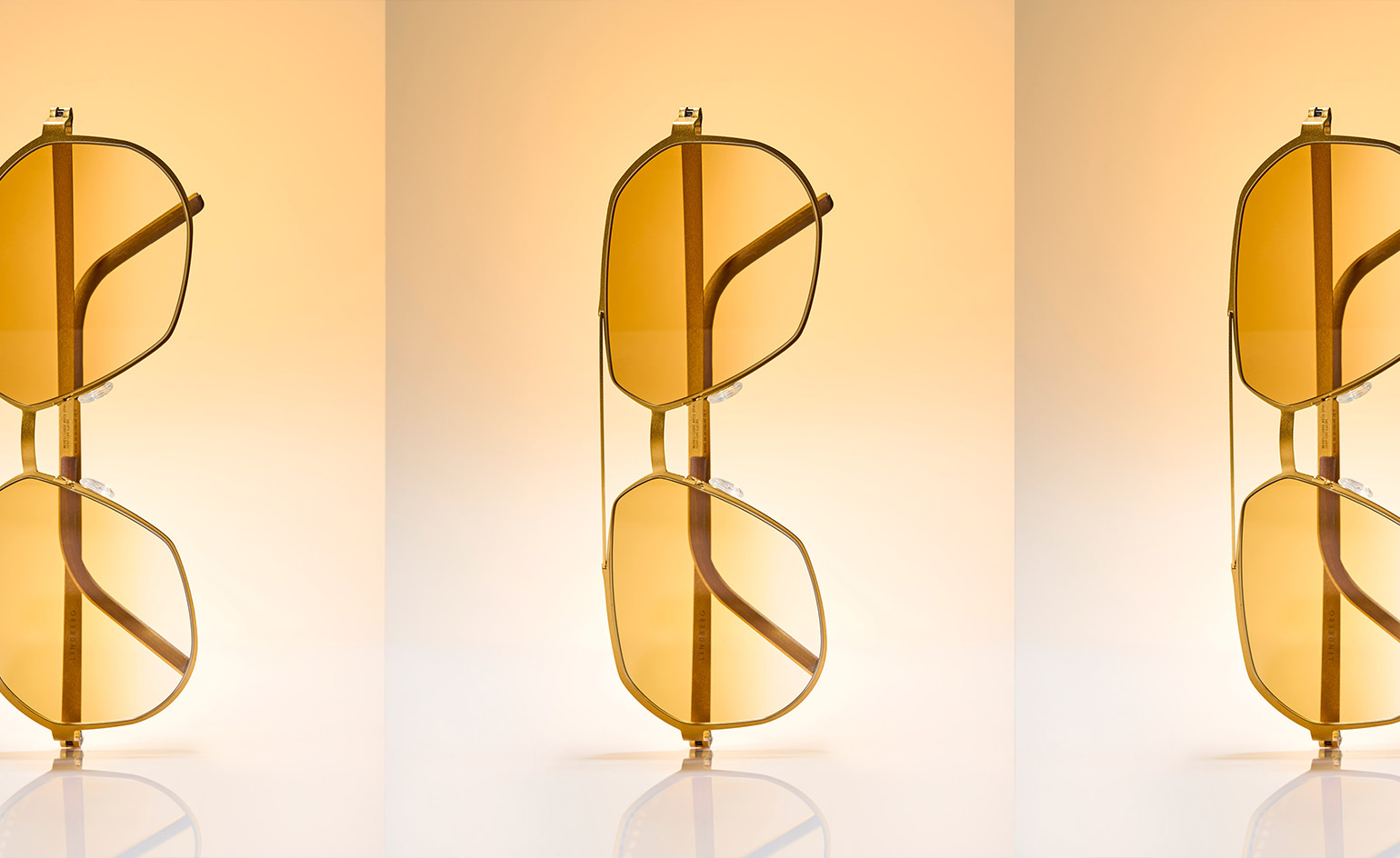 At under two grams, Lindberg’s sunglasses are impossibly lightweight
At under two grams, Lindberg’s sunglasses are impossibly lightweightLindberg’s ‘Sun Titanium’ collection combines featherweight construction with the brand’s timeless Danish design philosophy, making them the easiest addition to your packing list this summer
-
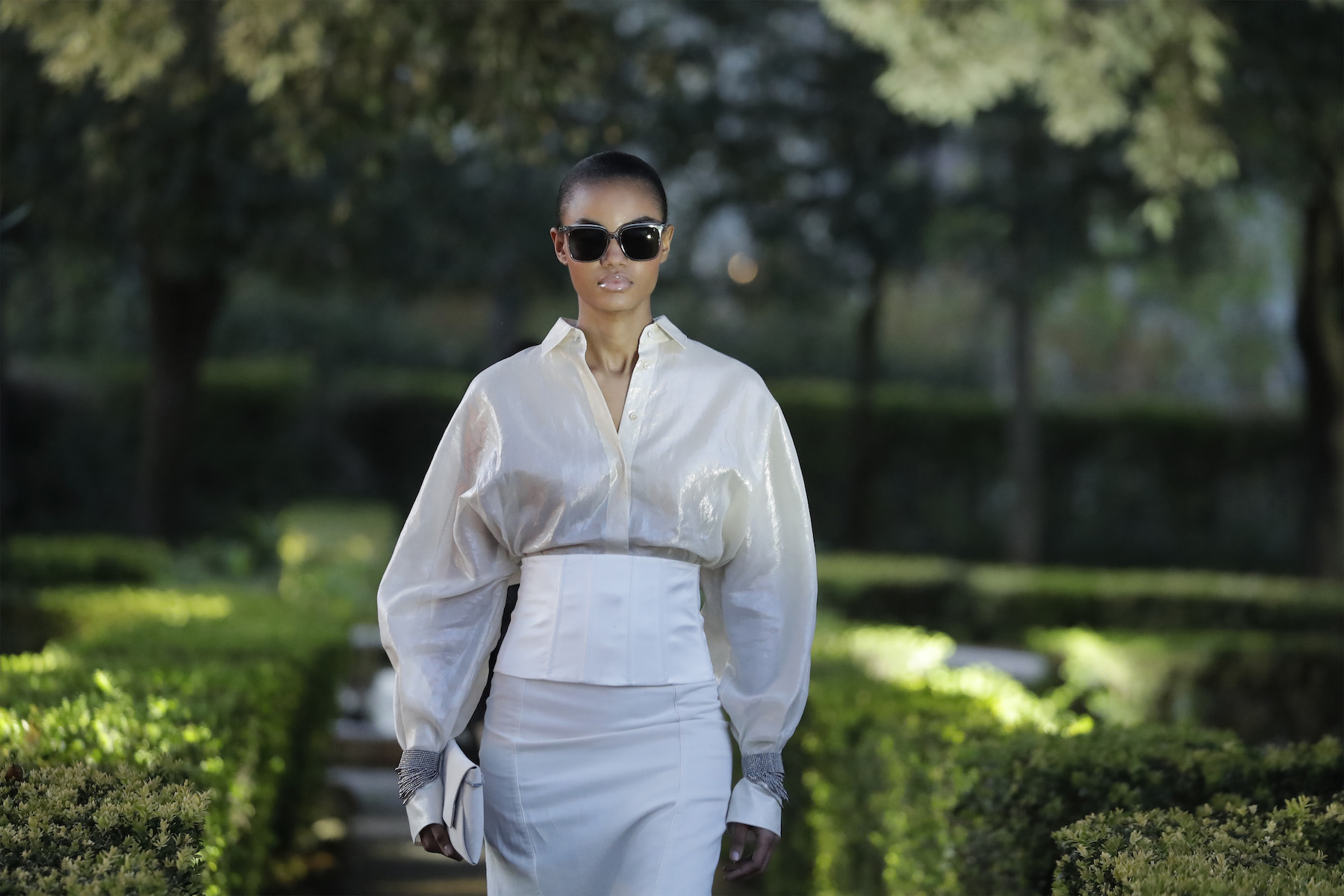 Brunello Cucinelli takes a Roman holiday to launch new eyewear collection
Brunello Cucinelli takes a Roman holiday to launch new eyewear collectionWallpaper* joined Brunello Cucinelli’s opulent festivities at Rome’s Villa Aurelia, which heralded a new eyewear collection created in collaboration with EssilorLuxottica
-
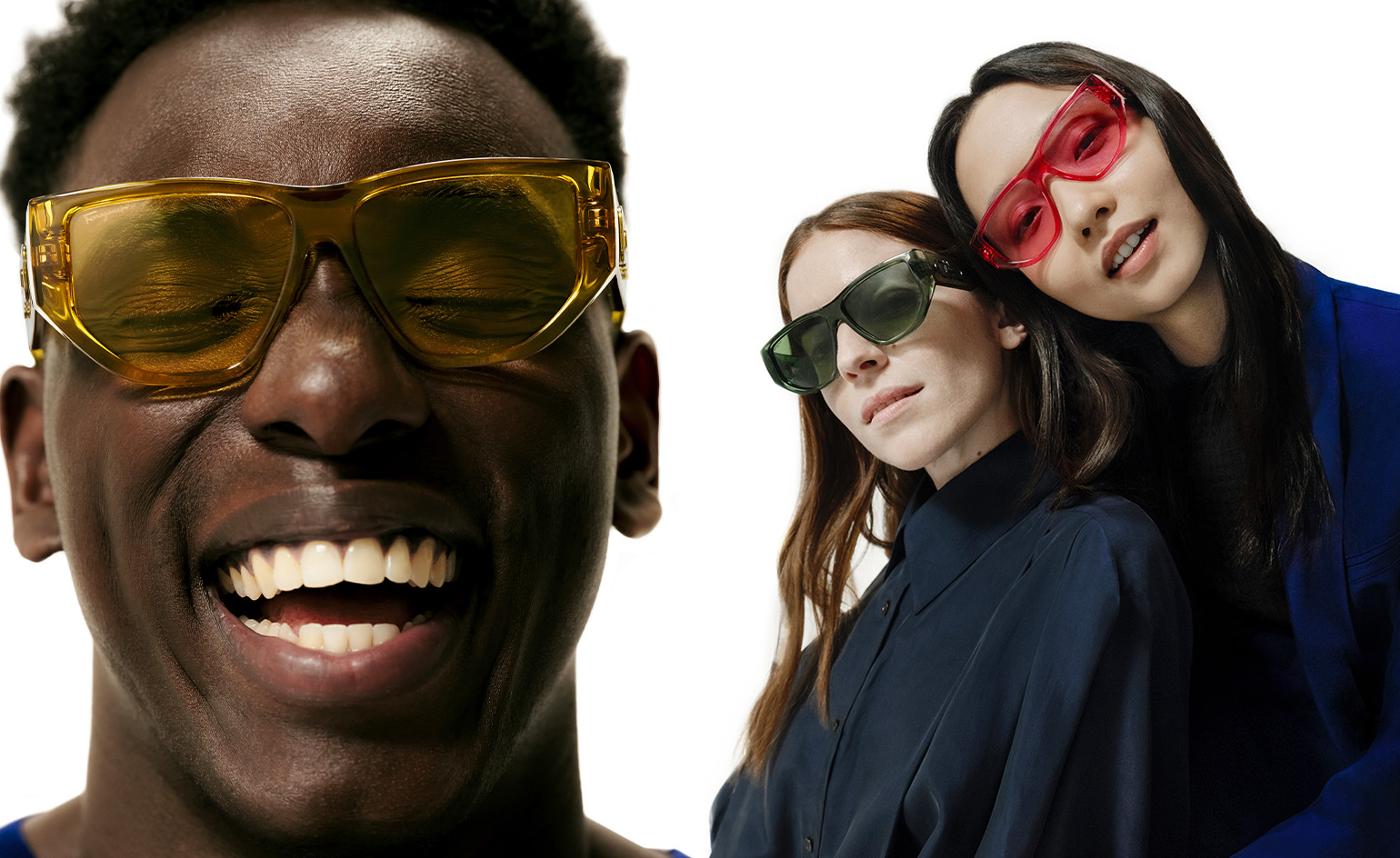 Salvatore Ferragamo’s new sunglasses give summer an injection of colour
Salvatore Ferragamo’s new sunglasses give summer an injection of colourInspired by the house’s famed 1938 ‘Rainbow Shoe’ and the colourful vigour of 1980s accessories, a new sustainably minded collection of sunglasses from Salvatore Ferragamo is ready for brighter days ahead
-
 Made in Italy eyewear from Brunello Cucinelli and Oliver Peoples
Made in Italy eyewear from Brunello Cucinelli and Oliver PeoplesHere are five new eyewear designs to covet as Brunello Cucinelli and Oliver Peoples team up to focus on craftsmanship and heritage
-
 Warby Parker and Entireworld’s socially conscious sunglasses
Warby Parker and Entireworld’s socially conscious sunglassesThese two American brands have teamed up to create a colourful take on Warby Parker’s classic ‘Hatcher’ sunglasses, including a donation to the Equal Justice Initiative
-
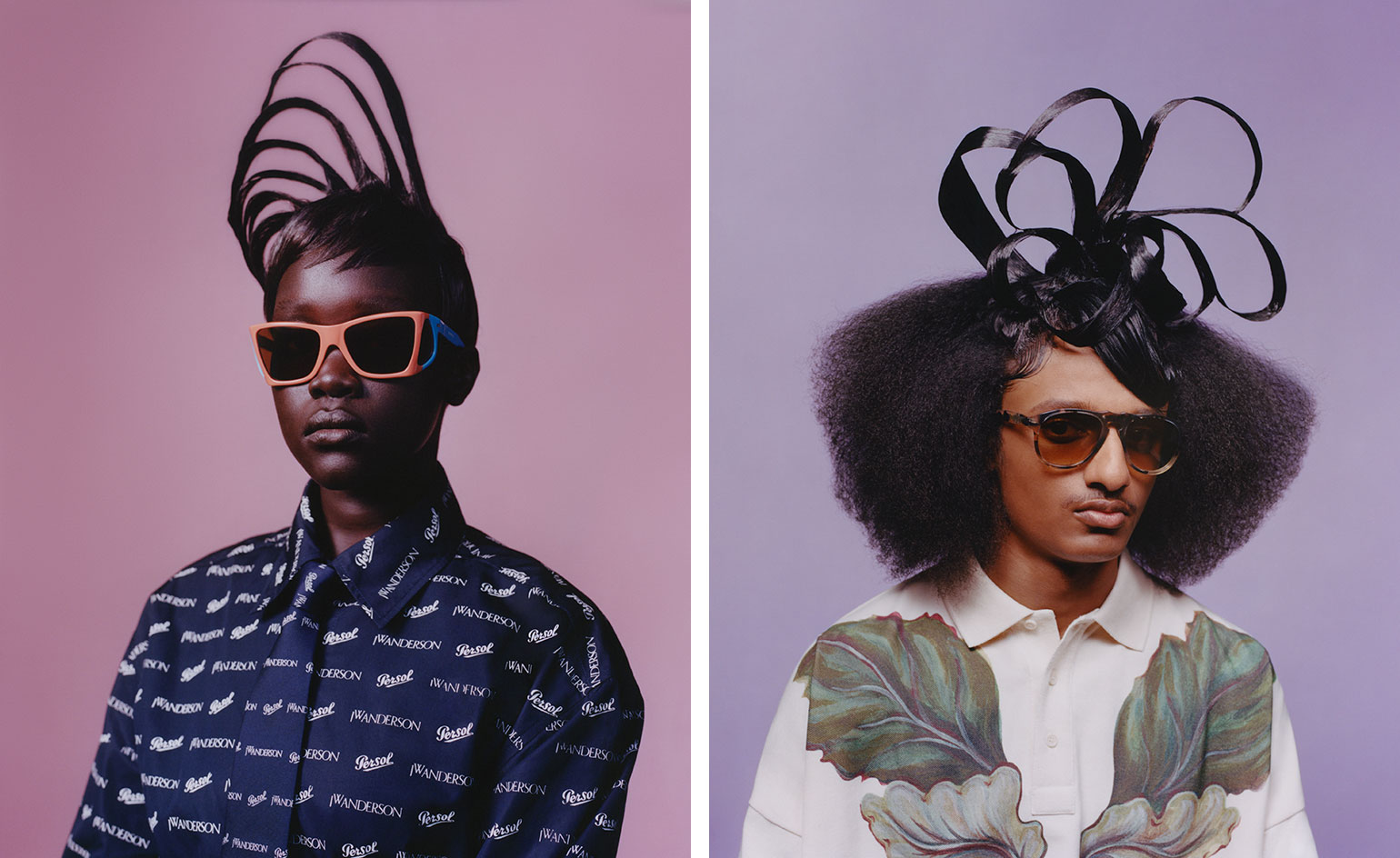 JW Anderson x Persol: sunglasses to style up the summer heatwave
JW Anderson x Persol: sunglasses to style up the summer heatwave‘I have always been a fan of Persol,’ says Jonathan Anderson. ‘They are a design classic; I wear them all the time’
-
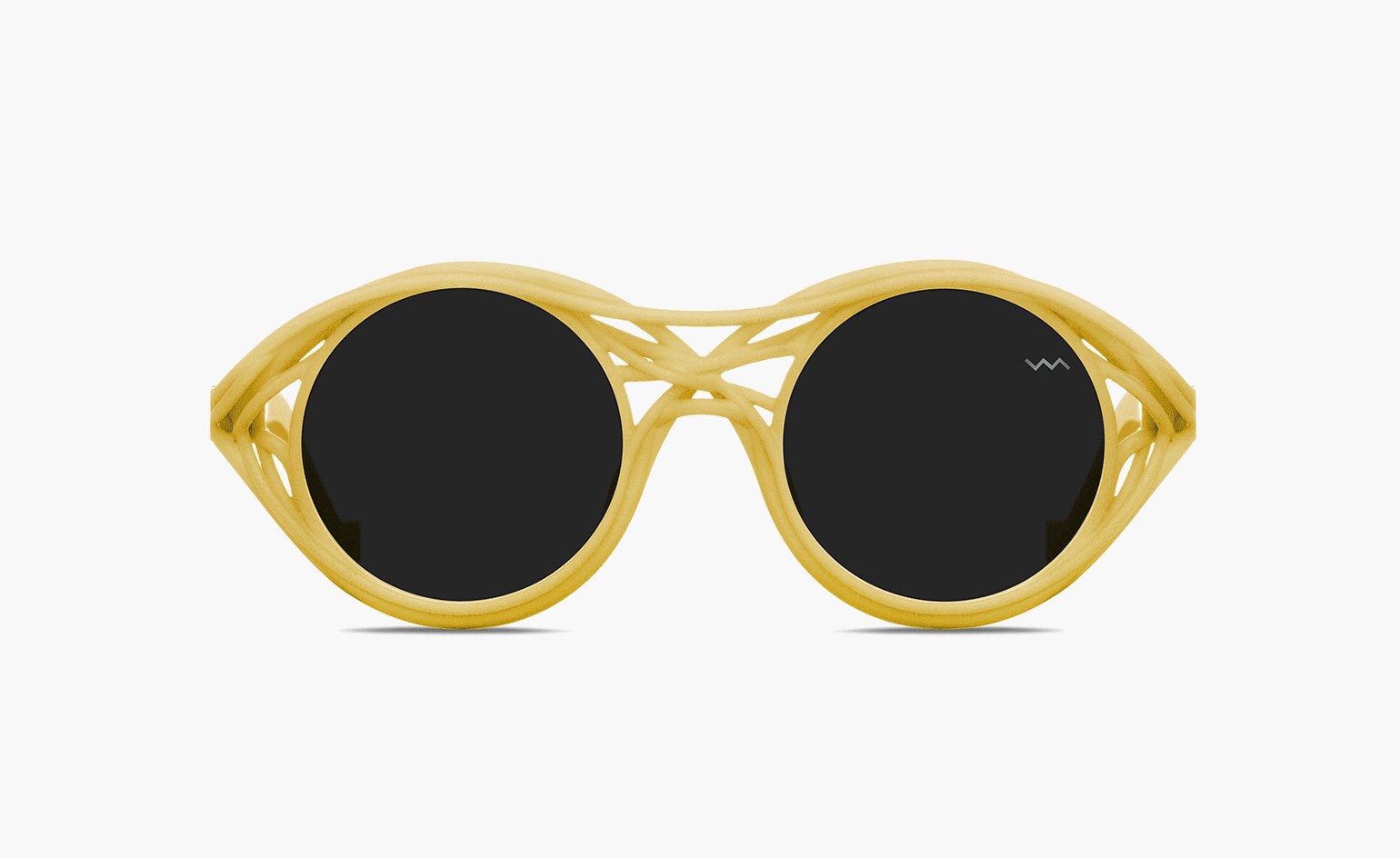 Kengo Kuma sunglasses: wearable architecture?
Kengo Kuma sunglasses: wearable architecture?The renowned Japanese architect has teamed up with eyewear brand Vava on a capsule collection incorporating sustainable, organic materials and the latest in 3D-printing technology